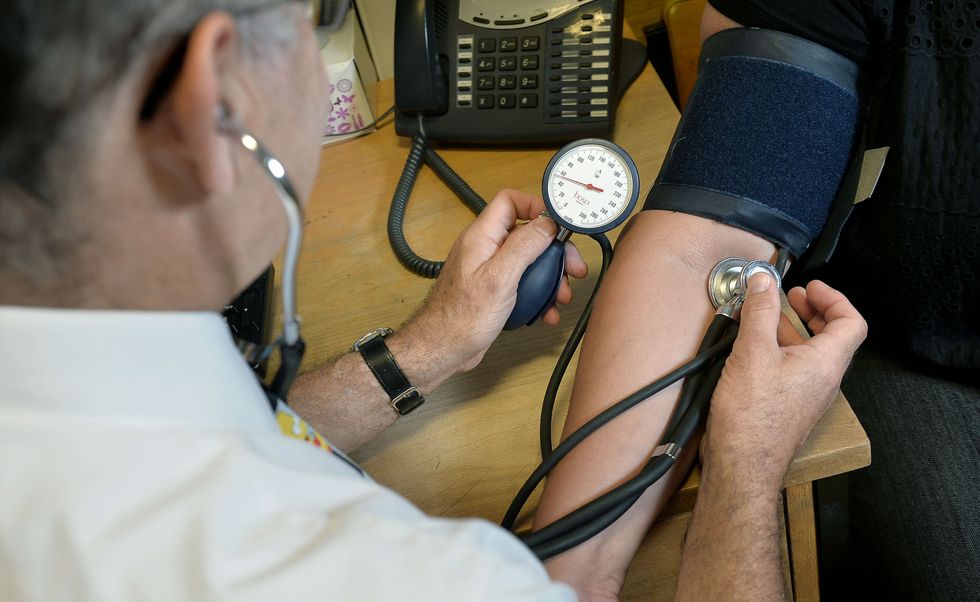NHS Department of Health data reveals dramatic drop in GPs working hours

GP checking a patient's blood pressure
Anthony Devlin

A study commissioned by the Department of Health revealed that GPs carried out just over three days of sessions a week in 2019. This is the equivalent of 6.6 half-day sessions a week.
The data showed that the average GP is working the lowest amount of sessions on record, with 7.5 sessions being carried out in 2010.
Department of Health figures reveal the average number of people per family doctor has increased by 5 per cent to 2,038 over the past six years.
There was also a drop in the proportion of time spent on 'direct patient care', with just 59 per cent of GPs' time being spent on direct patient care in 2019. This was a decrease from 63.1 percent in 2010.
New analysis has also shown that there is on average one GP per 2,038 people across the country, a 5% rise since 2015.
But there are also huge disparities across England, with some areas seeing an increase of around 40% in people per GP over the same period.
It means Hull now has one GP for every 2,821 people, more than double the 1,279 people per GP in Wirral.
The Liberal Democrats, who commissioned the analysis, have called on the Government to train more GPs.
Liberal Democrat health spokesperson Munira Wilson MP said: “These figures reveal a postcode lottery of care that is leaving people struggling to get GP appointments or waiting weeks to be seen.
“But instead of fixing the GP shortage crisis, the Conservatives are making it worse by failing to train the new doctors we desperately need.”
She added: “Families rely on being able to see a GP when they or their children fall sick to get advice, access treatment and get well again. The Government must invest more in our GP practices and train up more doctors, to ensure patients get the fair deal they deserve.”
The areas with the highest numbers of inhabitants per GP are Fylde and Wyre (2,833), Hull (2,761), Calderdale (2,606), Thurrock (2,592) and Portsmouth (2,559).
The lowest five are Liverpool (1,614), Oxfordshire (1,688), Wirral (1,720), West Suffolk (1,731) and East Staffordshire (1,745).
The figures are based on research by the House of Commons Library commissioned by the Liberal Democrats.
The stats do not include trainee GPs, and are based on the population in each area rather than the number of registered patients.
Recent analysis from the BMA shows there are over 1,800 fewer fully qualified, full-time equivalent (FTE) GPs now than there were in 2015.
Between June 2020 and July 2021, the number of GP partners fell by 918.